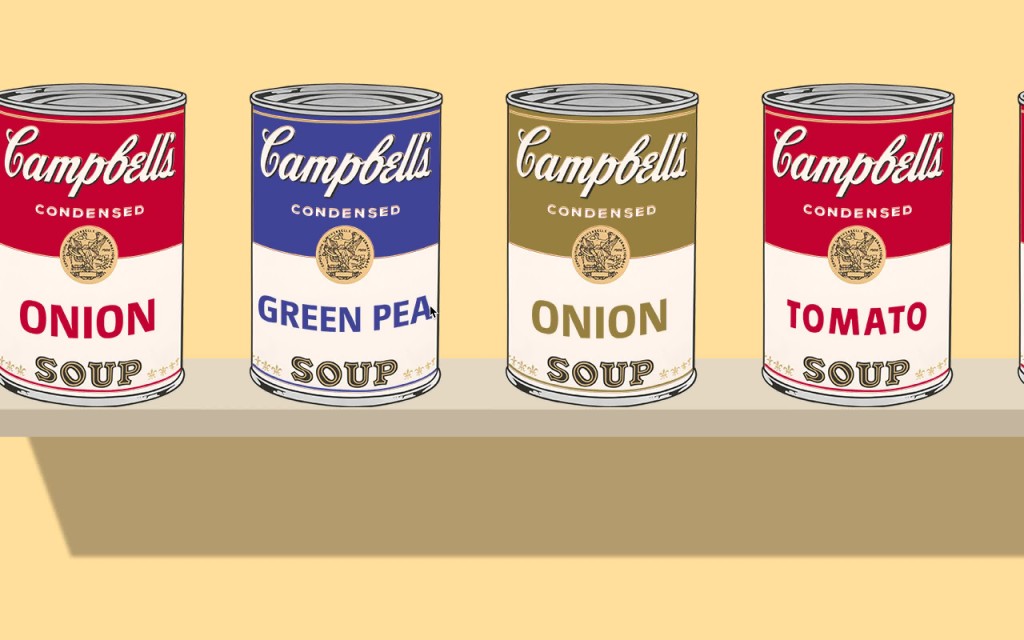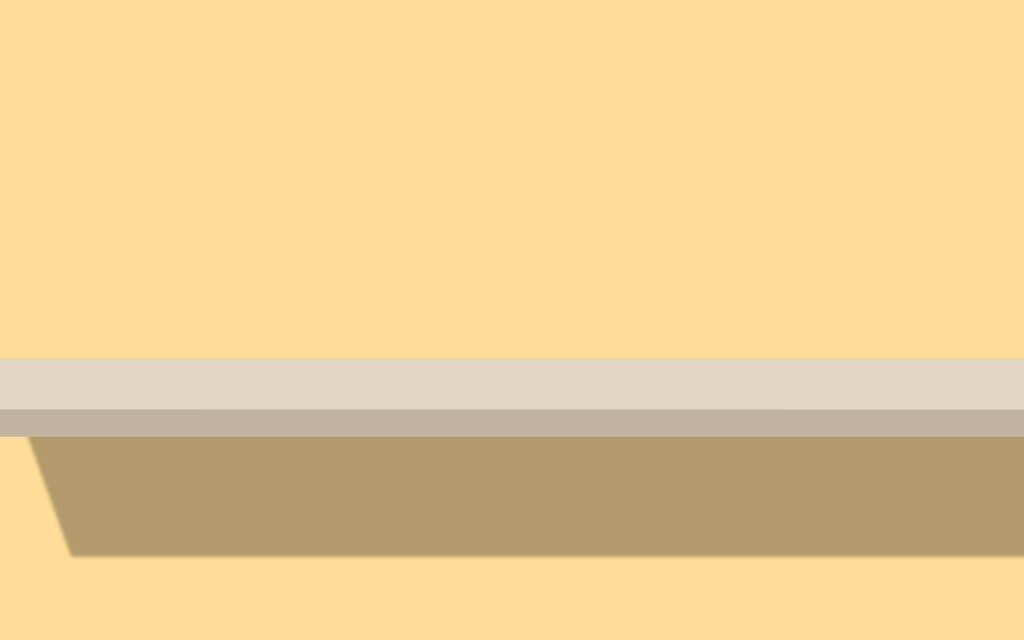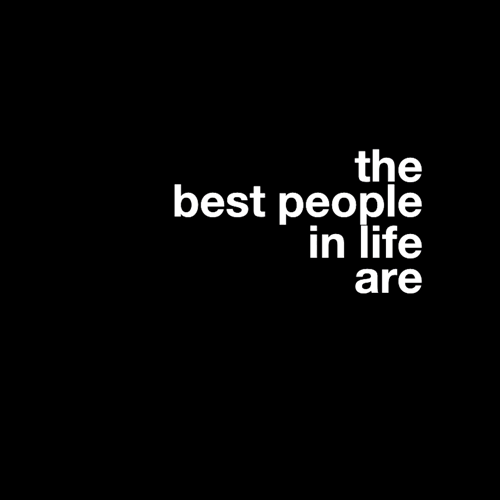Finally, this is how it looks like…

Whenever the user next to the computer claps or make a detectable huge sound relative to the environment, the first can on the rack will be randomly colored on top of its original red.
Initially I only wanted to challenge the idea of having a interaction where the input is visible and touchable, whether its the traditional keyboard or mouse, or what we have experimented with, webcam. Sound, however, is linear and cannot go back once initiated. How can I visualize sound, make it touchable via another form of perception? In Hertzian Tales, we talked about radiogeneric objects, which visualize electromagnetic signals. So, how about having soundgeneric objects that visualize sound?
I decided to use microphone to detect its volume. I learned about sound libraries and how to get live sound input from the book Learning Processing by Daniel Shiffman.

I wished to do an arcade game in the beginning, something like whack-a-mole. Then I realized that I only have one variable to manipulate the whole interaction: the volume. Thus, I cannot even get full control over the canvas, let alone precise coordinate to hit the mole.
Then the question becomes: what action, or interaction, only involves one kind of input?
I thought about an assembly line.

Then I had my rough build, an assembly line of “shapes” that could be colored by user clapping around the laptop microphone. I used shapes because I wanted it to be more abstract (and also partly due to me not having an idea of the element I wanted to incorporate.)

Afterwards, I wanted to put some aesthetic elements into this work. I started by making a shelf, and then I thought about the Andy Warhol exhibition held at MoMA and how the museum installed the Campbell Soup Cans (1962.) Instead of hanging every picture on the wall, the museum put those pictures on racks, which according to its introduction, best imitated the style of supermarket shelfs, where the cans would usually be in real life.


The idea of coloring the can is a challenge to consumerism. While the age of mechanization makes people on both ends of the world able to get identical products, difference becomes strangely valuable and in another way essential to the characteristic of being interesting. What if we can color the can to make them slightly different? Would it make them not identical to each other? Would it do anything to add some playfulness to this assembly line? What about other assembly lines and the endless supermarket shelves?
Anyway, we are still living in a world where every(affordable)thing comes out of an assembly line.


